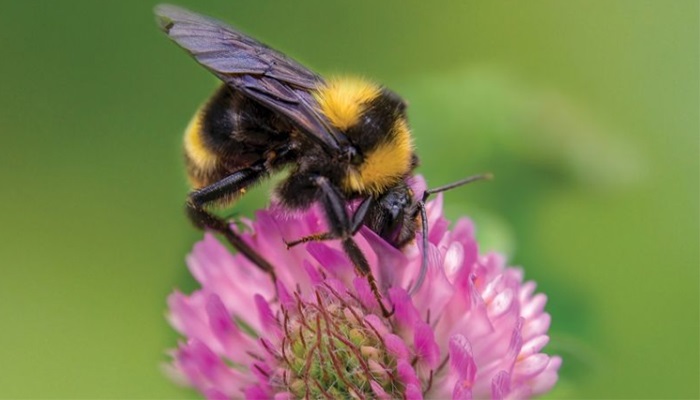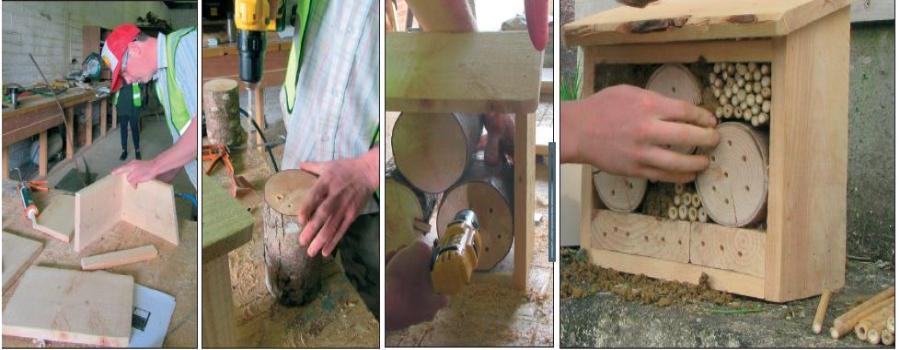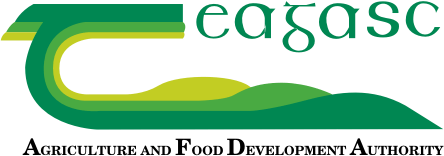20 May 2023
How can we help bees?

Today is World Bee Day! The purpose of the international day is to acknowledge the role of bees and other pollinators for the ecosystem.
In Ireland there are 77 solitary bee species, 21 bumble bee species and one honey bee species. One third of our bee species are under threat of extinction.
In this video, Aoife Leader, Walsh Scholar explains the importance of bees to the environment and biodiversity on Irish farms. Aoife identifies the simple measures farmers can take to help protect bees on their farm.
Why are bees important?
- Pollination of food crops(Oilseed Rape, Peas, Beans, Apples, Soft Fruits)
- Pollination of wild flowers and trees
- Production of honey
- Bees can be used to show a green image for Irish food
Why bee numbers are declining?
- Reducion in wildflowers. Pollen provides protein for bees while nectar provides carbohydrates
- Less nesting sites for bees
- Lack of continuity of flowering plants: Bees require food all year round, requiring a diversity of flowering plants in the landscape
How can we help bees?
Allow space for diversity of wildflowers to grow
Along farm roadways, around farmyards, around field margins, in the corners of fields
Field Margins
- Fence off from livestock
- Cut or graze after flowering
- Do not fertilise
- Do not spray
Non farmed areas – around the farmyard, in field corners, along farm roadways
- Allow flowering plants to flower
- Do not spray
- Do not cut until after flowering
Spraying insecticides in tillage crops
- Spray early morning and late evening when honey bees are less active
- Notify local beekeepers
Hedgerows
Irish hedgerows are full of flora and fauna if well managed. They are of value to pollinators only if flowers are present. A variety of hedgerow types is desirable on every farm.
- Aim for a diversity of flowering plants – allow mature trees, new saplings and climbers grow and flower
- Allow wildflowers to grow at the base
- When cutting the hedge, side trim to a triangular shape with a wide base
- Leave the peak on the hedge as high as possible
- Allow individual thorn trees mature at irregular intervals
Bee boxes
Some solitary bees are cavity nesters and nest in hollowed twigs or holes in wood or masonry.
Making a Bee Box
- Wood – not treated with insecticide / preservative
- Selection of hole sizes – between 3/8 and ¼ inch
- Clean smooth holes
- Selection of holes – Include hollow stems e.g. bamboo
- Holes must not interconnect – dead-end required
- Pack with subsoil – substitute clay bank
When placing the bee box, it is important to have the box near flowering plants, at least 40 cm off the ground, in a sheltered and sunny spot facing south to south-west and fixed firmly, as bees will be navigating home to the bee box.

Read more about bees
Teagasc supports the All Ireland Pollinator Plan
National Biodiversity Week Ireland 2023 takes place 19th – 28th May. ‘Explore the rich variety of life in Ireland this May with a host of wonderful events and activities for the whole family.’ Read more about National Biodiversity Week here.
